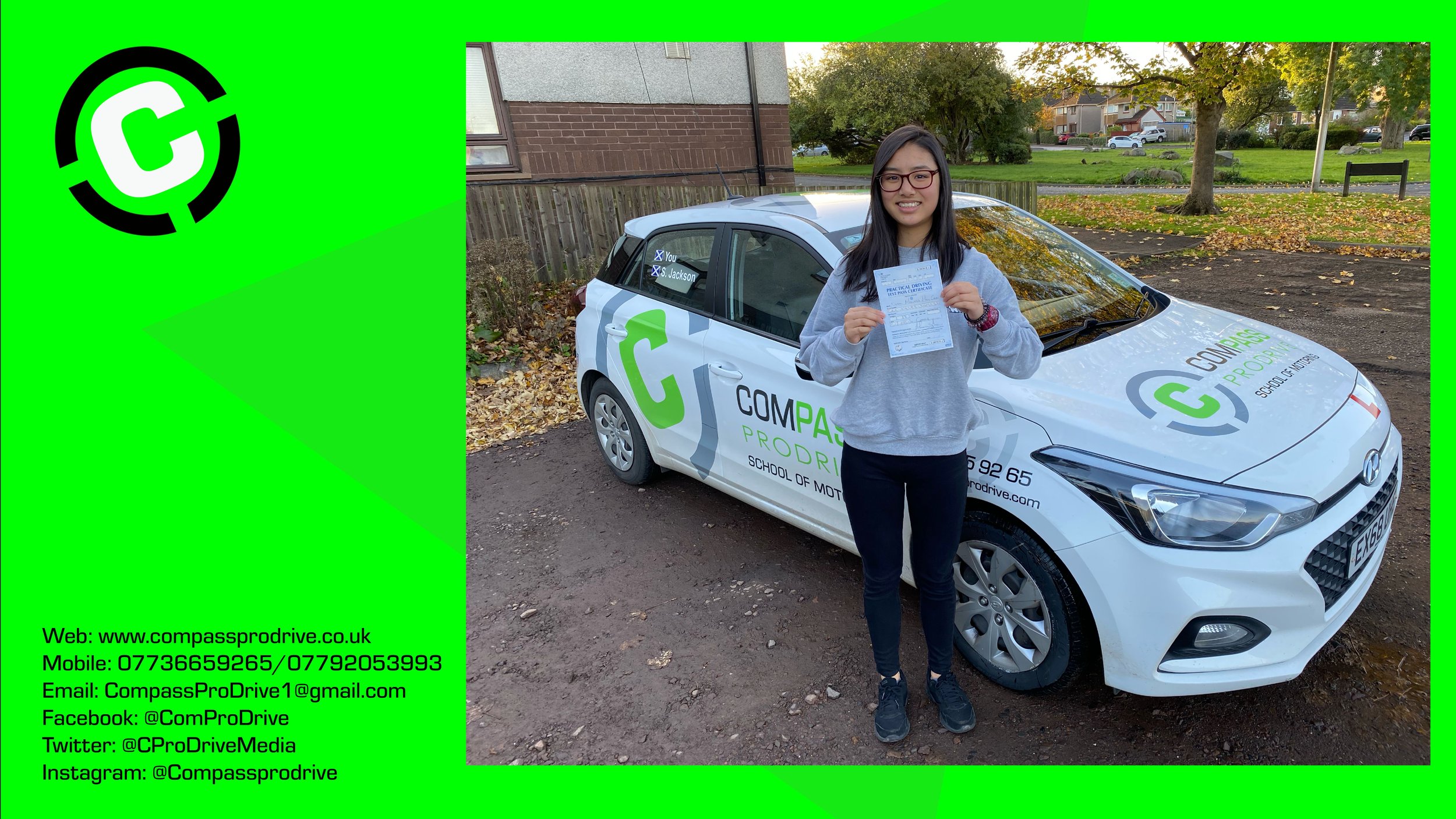How do you stay safe on a motorway? It may seem daunting if you’ve just passed your test, and you’re going to be driving on a motorway for the first time by yourself. However, motorways are very safe with only a small percentage of accidents and fatalities each year. Although naturally, because of the speeds people drive at on a motorway when an accident does occur, they are quite severe. Today, our guide on motorway driving tips should help you to drive safely whenever you find yourself on a motorway.
Regulations
It’s important to follow the rules because if we don’t then when we are at risk of becoming involved in an accident. Not everyone can use a motorway, and those that can’t include learner drivers, motorbikes under 50cc, pedal cycles and mopeds.
Once you find yourself on a motorway there’s no stopping unless it’s an emergency and that is on the hard shoulder or verge.
Distance and Speed
The speed limit for motorcycles and cars is 70mph, if you’re towing a caravan or a trailer, articulated goods vehicles, coaches, buses and HGVs the limit is less at 60mph and aren’t allowed to use lane 3. It’s crucial that a safe distance is kept between each vehicle using the 2 second rule, which is the minimum amount of distance between you and the vehicle in front of you, and on wet roads, 4 seconds. When you’re behind a lorry, think about changing lanes or dropping back so you can see further.
It’s important to move into the left hand lane asap, and never dart straight across as you could cause an accident. There are motorway exits with countdown markers if you’re leaving a motorway always make this clear by using your left indicator, make sure you do all your braking in the slip road rather than on the motorway, once you’ve left the motorway keep an eye on the speed, it may be higher than you realise because you’ve been on a motorway.
Lanes
When using motorway lanes please be aware that the left hand lane is where you drive and the lanes to the right and the middle are just for overtaking. Always move back into the left once you’ve finished overtaking. However, when there are some slow vehicles it is sometimes safer to remain in the middle and right lanes until the moves are complete rather than chop and change in-between the lanes.
Signs
You’ll come across a lot of different signs on the motorway The motorway variable signs and signals are the most important, and will let you know about traffic conditions and suitable speed limits because of poor weather. They can apply to individual lanes, or to the whole carriageway. Red lamps indicate that you must not go into that lane.
Weather Conditions
Slow down in extreme weather such as heavy snow, rain or hail can make visibility difficult and if you’re going too fast stopping distances are harder when roads are slippy. Fog is a worry so always make sure you reduce your speed. When driving use dipped headlights and all your fog lights. Try not to speed up too fast even if it seems the fog is clearing up as it may be thicker up ahead.
Safe Driving
It’s important to drive safely and obey the rules when you’re on a motorway so you don’t cause an accident. Never drink or eat whilst driving or use a mobile phone. Always take a break when on a long journey, around 15 minutes every 2 hours.
Driving Instructors Edinburgh – For Quality Driving Lessons
We hope you found our blog on motorway driving tips of interest and that they gave you something to think about the next time you’re on a motorway alone. If you’ve just passed your test it can be a scary experience first time round. If you’re in need of Edinburgh driving lessons, then get in touch with us here at Compass Pro Drive Edinburgh and let’s make you motorway confident.











